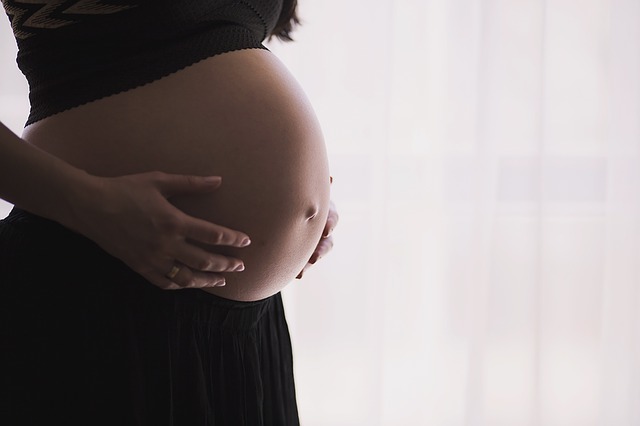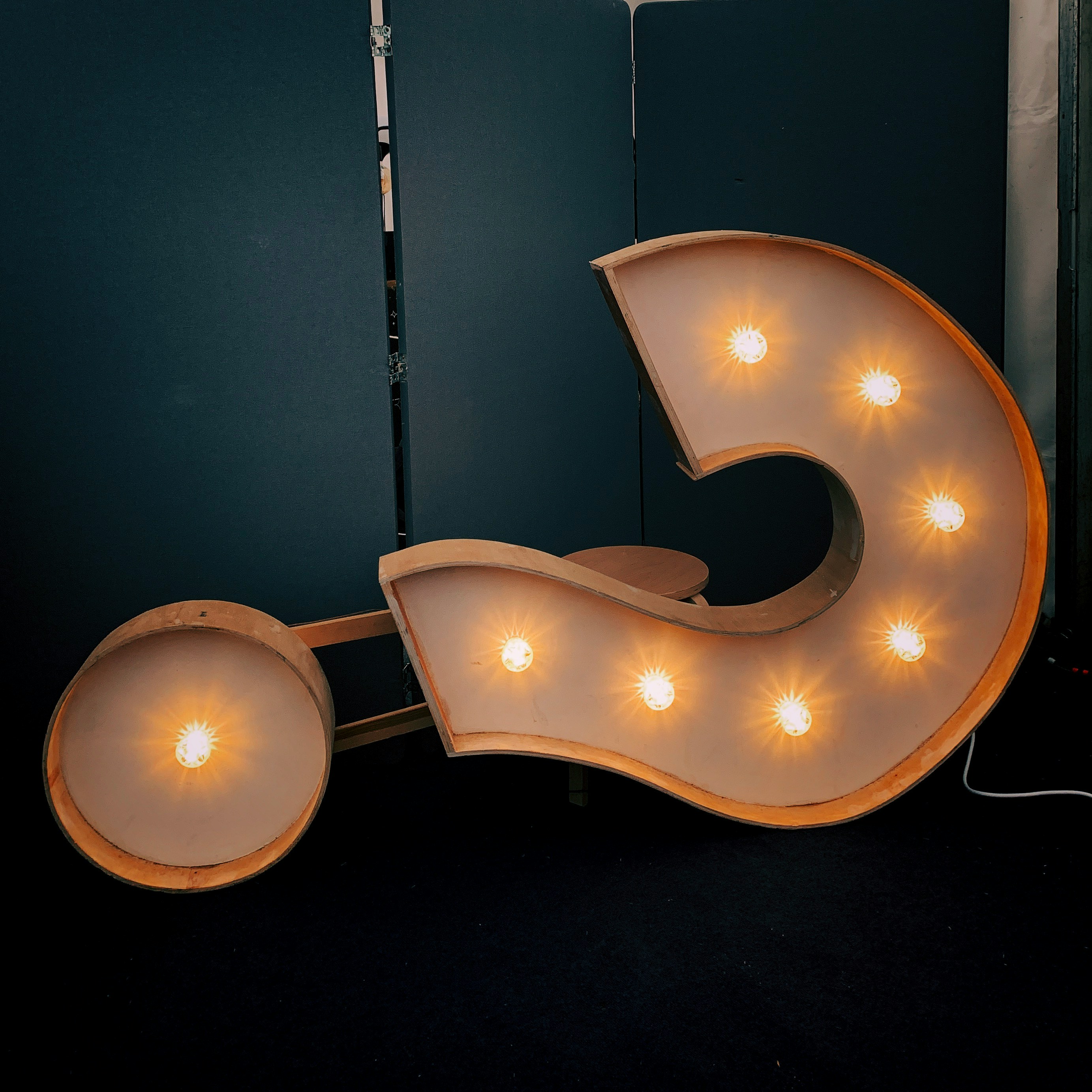Bringing a life into this world is such a beautiful experience!

Becoming a mom for the first time was such a scary yet exciting experience. I had my first son at 22 (8 lbs 14 oz) and my second son at 26 (8 lbs 12 oz.), each by c-section due to their large size and my rather slim pelvis!
Having a baby changes so many things but one of the most drastic changes that most women experience is the change in their body. After, I had my first son the first time I looked in the mirror, I literally didn’t recognize myself. Although I didn’t like the way I looked, I was happy that my baby boy was happy and healthy. Honestly in hindsight, that’s all that really matterd.
At the time, I didn’t realize it but I had a condition called Diastasis Recti.
What Is Diastasis Recti (DR)?
Diastasis Recti (DR) is a postpartum condition that results in partial or complete separation of the Rectus Abdominis. Essentially, the space between the right and left sides of the abdominal muscles lengthens resulting in a protruding belly pouch.
What Causes Diastasis Recti?

DR is caused by changing hormone levels in combination with the uterus expanding to make room for the growing baby. During pregnancy, the body secretes relaxin and estrogen, which are hormones that help to relax connective tissues to ease the birthing process. The linea alba, is a structure that runs down the midline of the abdomen. The purpose of this structure is to keep the abdominal muscles within a certain distance to each other. As hormone levels continue to rise, they lead to thinning out of the linea alba so the uterus can grow as the baby enlarges.
Ideally, this improves sometime after birth but in some cases it gets stretched so much that it loses elasticity and doesn’t fully snapback. It’s kind of like an old hair scrunchy losing its elasticity after being stretched too much.
Risk Factors for Developing Diastasis Recti
The following can put you at risk for DR:
- Petite
- Multiple Pregnancy (twins, triplets)
- Babies later in life
- Poor Muscle Tone
- Sway Back (increased curve in the low back)
- History of umbilical hernia
How Can I Tell If I Have Diastasis Recti?

You should always consult with a licensed professional when it comes to your healthcare. If you are curious to see if you have Diastasis recti, there is a very simple Self-Test you can perform.
Self-Test:
- Lay flat on your back with your knees bent with the soles of your feet on the ground.
- Place one hand on your belly, with your fingers in the midline of your abdomen at your naval. Place the other hand on the back of your head.
- As you press your fingertips down, slightly lift your head up like you are doing a crunch.
- Assess to see if there is separation of the muscles at, below and/or above the naval. Separation is measured in finger-width. How many fingers can you fit in the gap? (2,3,4)
****Demo In video Below****
Treatment of Diastasis Recti
The best way to naturally treat Diastasis Recti is to work on strengthening the pelvic floor and deep stomach muscles which are the transverse abdominis. The transverse abdominals work to stabilize your core and spine to help your body function properly. These muscles are your own built in girdle.
To engage these muscles you must draw your belly button in towards your spine. Almost like you are preparing to get hit in the stomach. When performing abdominal exercises you should be sure to always engage your core to target these deep muscles.
Disclaimer: Always get clearance from your doctor prior to starting a postpartum exercise regimen.
Exercises to Perform:
- Abdominal Draw in (Inhale, exhale engage for 10 seconds)
- Pelvic Tilt
- Heel Slide
- Heel Tap
In order for the exercises to be effective, be sure to perform on a consistent basis for optimal results.
Things to Avoid During and Right After Pregnancy
Although Diastasis Recti is not fully preventable there are actions you can take to help lessen the degree of separation.
Avoid the following:
- Coughing without supporting your abdominals
- Lifting or carrying heavy loads
- Strenuous exercise where your ab muscles are bulging out (planks, crunches, bicycle crunches)
- Sitting straight up when getting out of bed. Instead, roll over on your side and use your arm to push yourself up.
What Truly Matters
When it’s all said and done, the most important thing is having a healthy baby! As women, we tend to put a lot of pressure on ourselves to try to get back to what we looked like before kids (I blame society for this) but when you have a baby you will change both physically and mentally, there is no way around it. I encourage you to not compare yourself to anyone else in this world and do not let anyone (including yourself) make you feel bad about what you look like because what’s on the inside is what matters most!
It may sound cliché but beauty really is only skin deep!
Creating a new life is one of the most beautiful experiences there is in this world, so be proud of that and love yourself unconditionally!
Find Health in Every Day!
Dr. Lindsay

